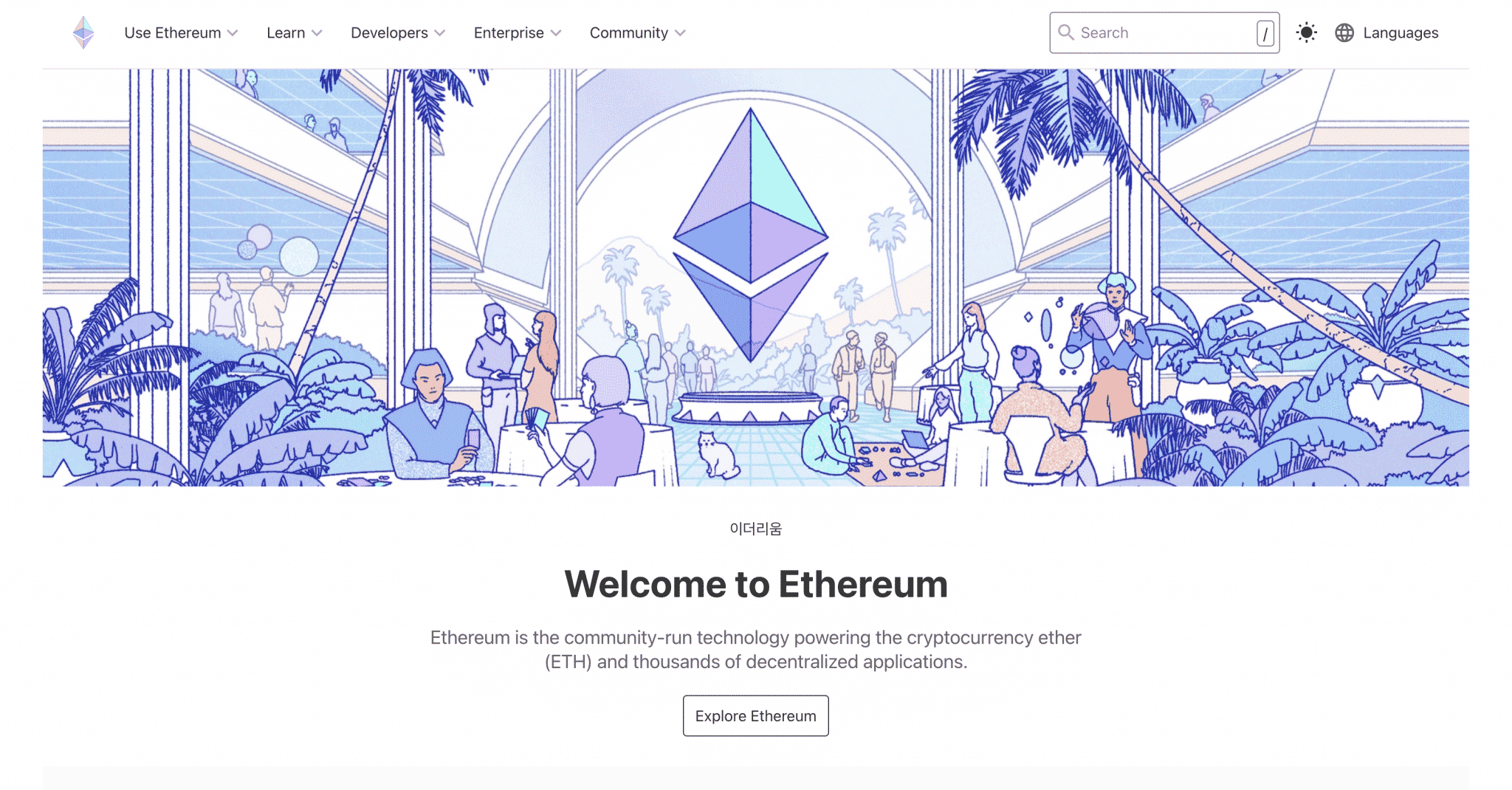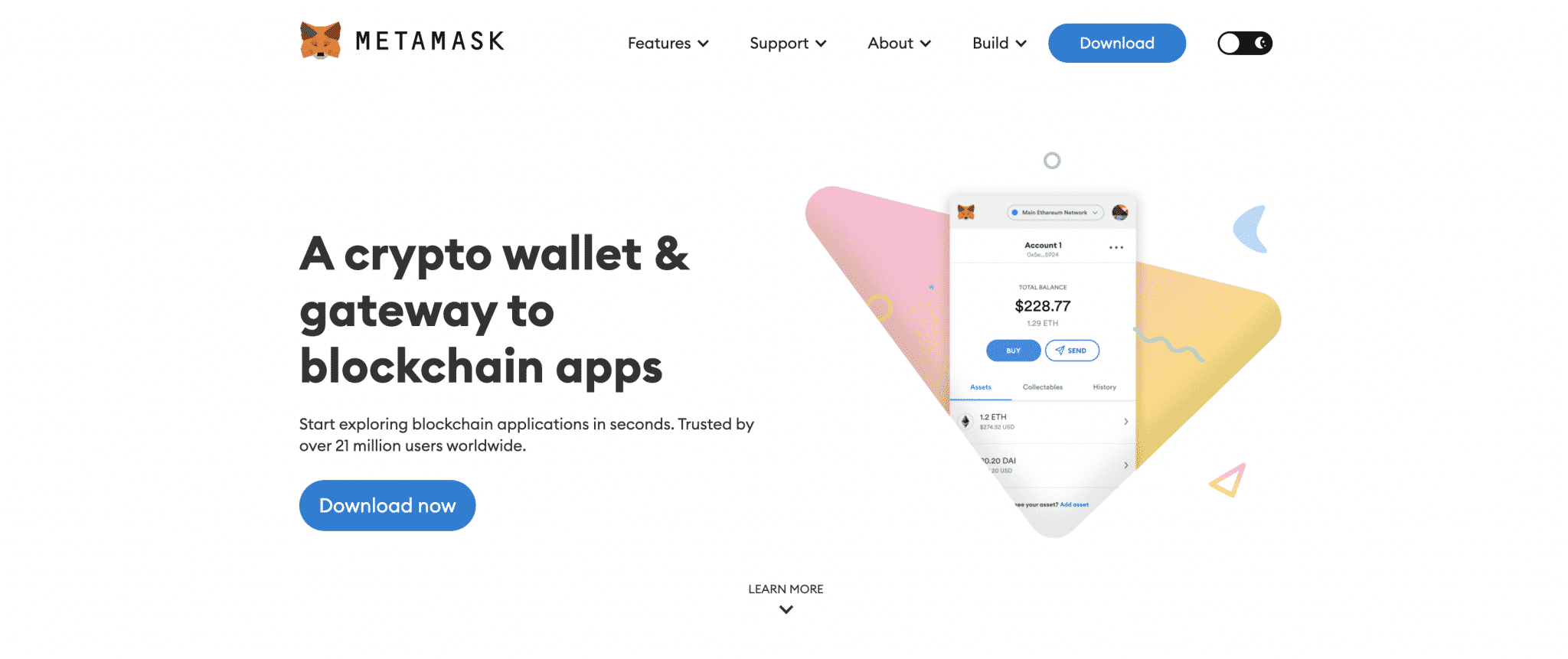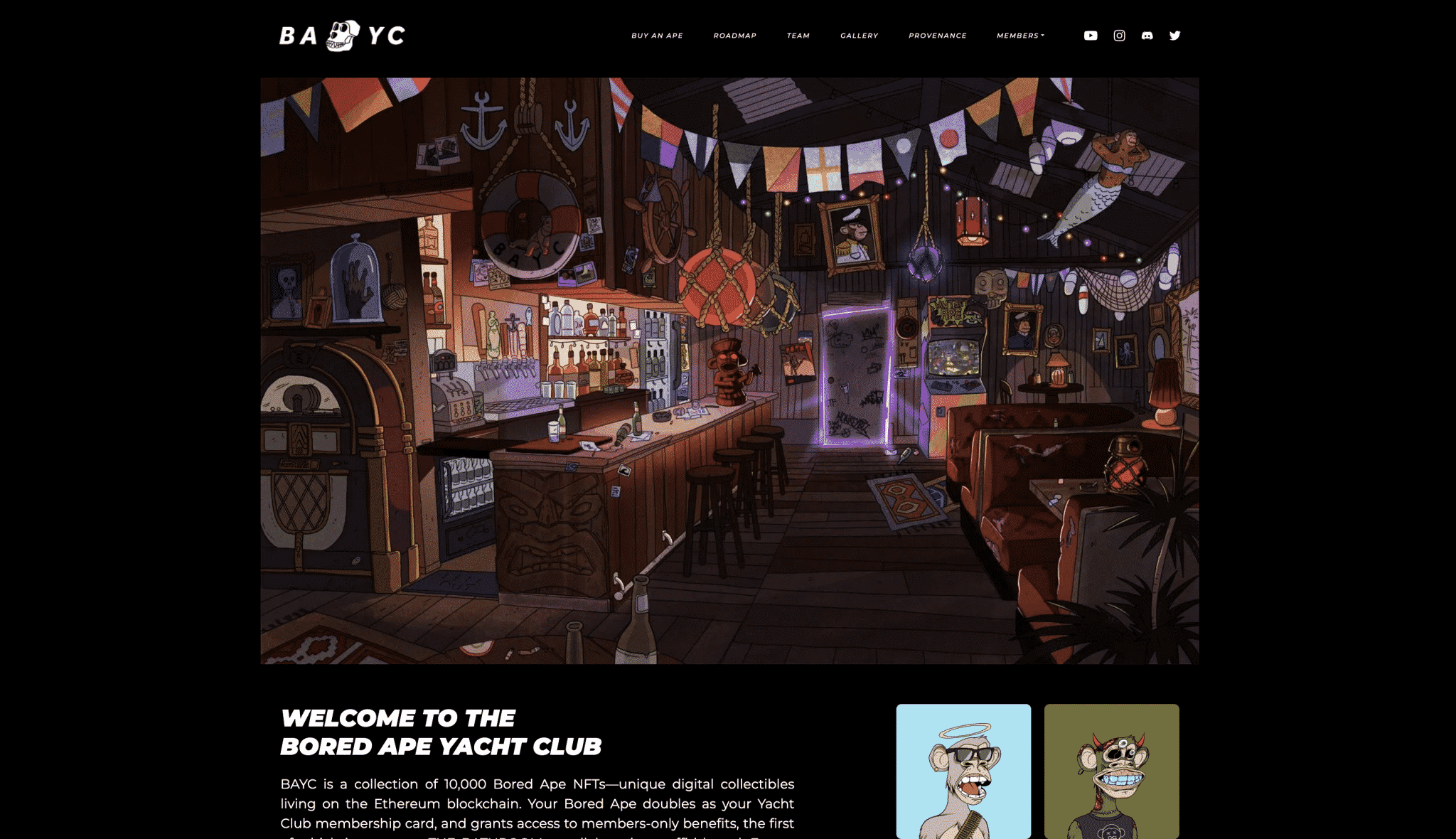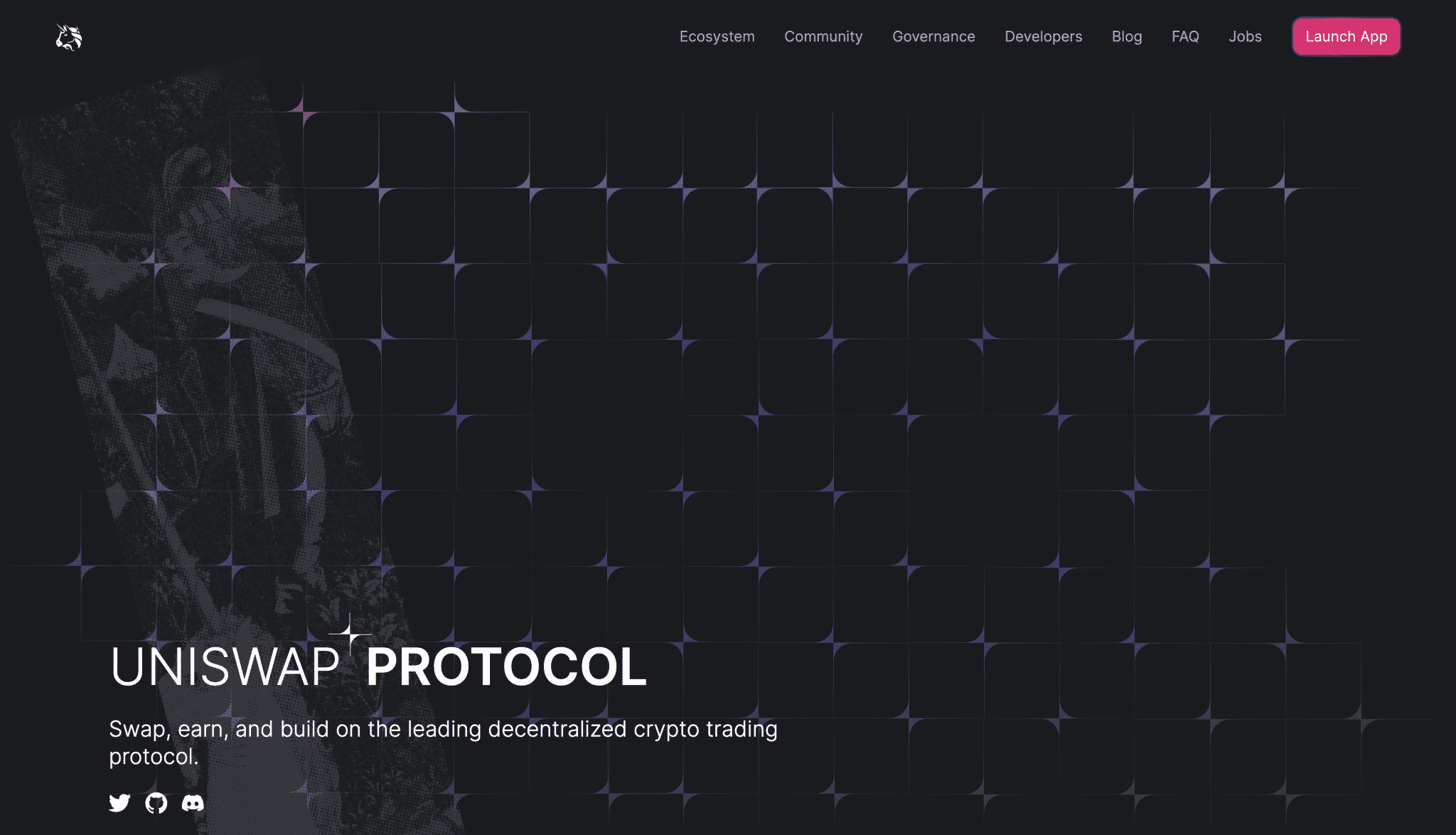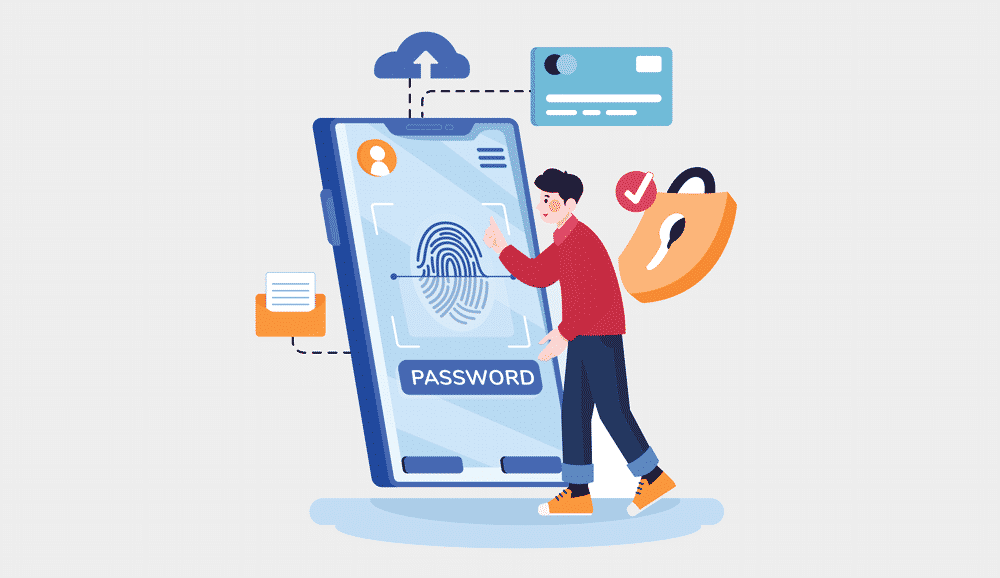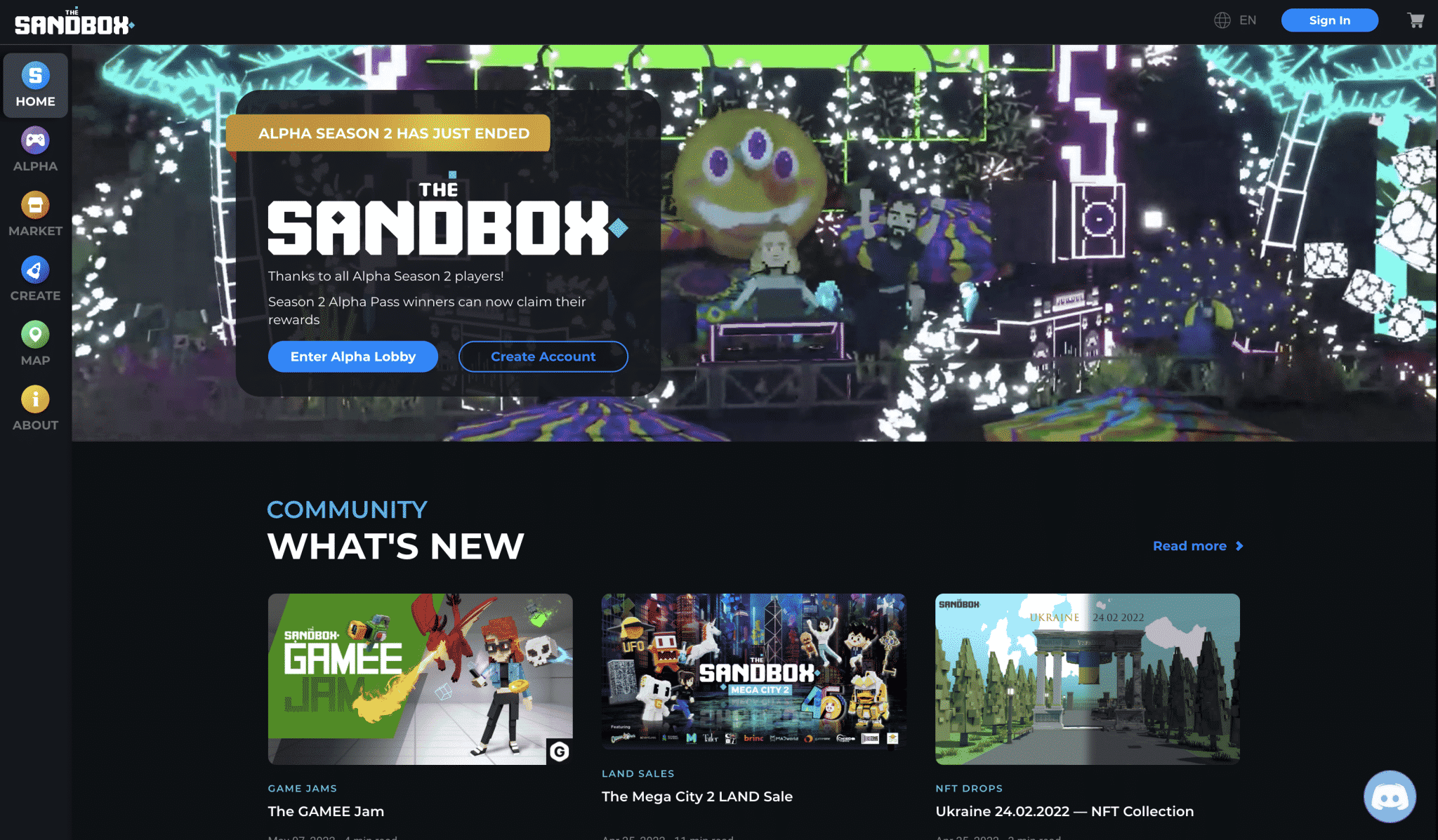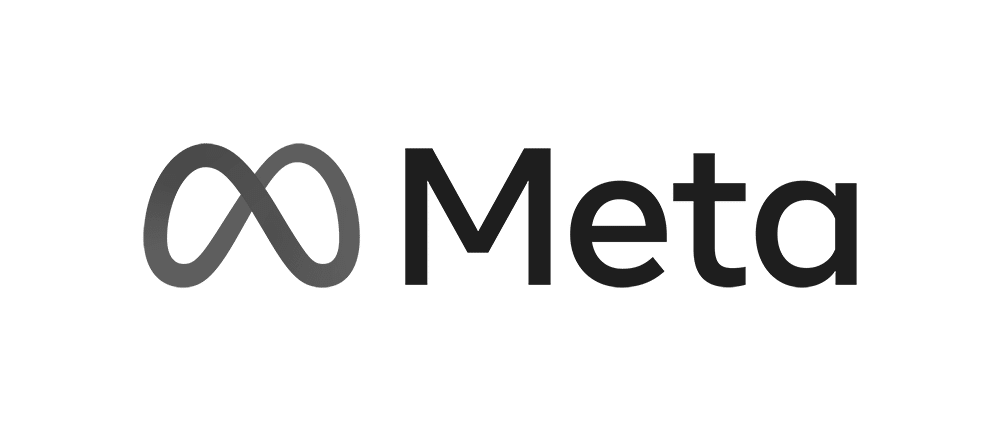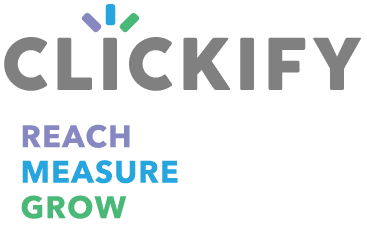Web3 isn’t a single concept.
It’s a de facto umbrella term for the next evolution of the internet, bringing together a collection of concepts and technologies from Cryptocurrency, to Decentralised Autonomous Organisations, Blockchain Digital Identities, and the Metaverse.
With so many new players in the online space, our hope with this series of three blogs is to identify and demystify the building blocks that are changing the internet.
Web3 Equals Digital Disruption
Web3 is hard to define. Not only is it a malleable collective term for emerging and disruptive technologies, it is also rife with pure speculation.
The term Web3 is thrown around in several different contexts – mostly overhyped and oversold. Just as there were plenty of people who didn’t like the term Web 2.0 (typically people involved before all the hype, marketing, and scammers descended), there are plenty of industry professionals that don’t like the term Web3. Many of the pioneers in the crypto space simply see Web3.0 as a consumer-friendly rebranding of cryptocurrency.
Ultimately, the label doesn’t really matter. What does matter are the core concepts. Web3 is bringing together the idea of a new decentralised ecosystem. Decentralisation gives online contributors the opportunity to own their own content, wrestling control away from corporations, governments, tech giants, and the centralisation of power.
To paraphrase Shermin Voshmgir, founder of BlockchainHub in Berlin, Web3 is a move away from the data monarchy to data democracy.
What Is Web3?
At its most fundamental, Tom Williams (ABC Science) suggests:
Web3 is a concept for the next iteration of the internet, built around decentralised blockchain technology — that’s the same technology used by cryptocurrencies such as Bitcoin, where data isn’t managed by a centralised server or authority, but by all of the computer systems that run on the blockchain.”
Understanding where we came from will give us valuable context for where we are going.
A brief history of the web. 😉
Web1: Read Only
1991 – 2002: The world is introduced to the internet, an online library of information.
Web1 was the first stage of the World Wide Web’s evolution and supported static pages with minimal interaction, such as hyperlinks for surfing between pages or sometimes email addresses for interaction. It introduced us to basic code HTML (HyperText Markup Language) for structuring website pages.
Essentially, it was a collection of simple homepages linked together for the reader to consume information.
Web2: Read and Write
2004 – Present Day: The social web.
With Web2 we entered a new era of the internet where users became creators of content, rather than just consumers. It was all about interactivity. Web2 (commonly referred to as Web 2.0) also brought technological advancements like JavaScript, AJAX, and rich media that contributed to a more interactive experience for users to express their opinions and create their own content with tools like blogs, vlogs, and podcasts.
Web2 also saw the rise of social networks. Users could create their own profiles and connect with friends, family, and strangers. Facebook launched in 2004, followed by Twitter in 2006.
Despite the rise of social networks and truly enterprising information sharing, there were some negative consequences. In exchange for using these platforms, we gave away our personal information, preferences, and habits. Our data was being packaged up and sold to advertisers by tech giants like Google and Facebook (the Cambridge Analytica scandal), who profited from our online activity, raising concerns about privacy and centralised organisations.
Web3: Read, Write, and Own
Now – The Immediate Future: Private decentralised platforms, run on blockchain technology, where you will be the owner of your content.
Web3 is the next iteration of the internet, offering open, decentralised software platforms where users own the content they create and share. Peer-to-peer transactions on decentralised applications (dApps) will negate a central service provider, cutting out the need for middlemen, allowing people to define how they engage.
Web3 will use a combination of Blockchain, Cryptography, and Smart Contract technologies to keep data encrypted. This was the original vision of the internet, a decentralised system where nobody had power over anybody and everybody could share information freely.
Web3 attempts to build an internet that can deliver its original purpose; a platform where individuals can create value for themselves using technology that protects their identity, data, and privacy.
Web3 Major Concepts
With so many new entities on the field, it’s time for a brief introduction to the major concepts.
- Decentralised Autonomous Organisations (DAO)
- Blockchain
- Cryptocurrencies
- Non-Fungible Tokens (NFT)
- Decentralised Finance (DeFi)
- Self-Sovereign Identity
- Smart Contracts
- Metaverse
Decentralised Autonomous Organisation
A Decentralised Autonomous Organisation (DAO) is represented by rules encoded as a transparent computer program called a blockchain, controlled by organisation members, and not influenced by managers, central government or corporation.
DAOs are internet communities mostly governance based with a shared bank account.
The decentralisation of information means all members within the DAO vote on the rules. While not mainstream yet, they hold meetings, cast votes, and manage assets. Most big projects and communities in the Web3 space have been operating this way for a few years now and the more people they attract the more value they hold.
Governance becomes the next logical buzzword because DAOs disrupt traditional governance structures. Many Web3 communities and projects operate as DAOs.
Real-World Examples:
Blockchains
Blockchain technology is an open, distributed ledger (typically not controlled by any single party) that can create permanent, public, transparent records between two parties efficiently and in a verifiable, permanent way. Operational through a worldwide network of computers, it validates and records transactions without centralised oversight.
The blockchain can record any information of value, such as money (the first major application), data on sales, payments to content creators, contract management, and intellectual property protection for artists, musicians, and creatives. Some people refer to the blockchain as a giant database, in very simple terms.
This digital ledger system could also apply to property titles, votes in an election, insurance, financial services, and medical records. It could be a way for people to store their own personal information securely, so it’s available only when they approve the release of it.
Web3 predicts the internet will be powered by blockchains.
Real-World Examples:
Cryptocurrency
Cryptocurrency is money that is native to the internet.
Cryptocurrency received its name because it uses encryption to verify financial transactions, instead of relying on banks. Essentially, you can exchange currency without a middleman. Each blockchain has it’s own ‘native’ token on it’s own blockchain (e.g Ethereum is blockchain and has a cryptocurrency called ETH as part of it). Tokens can also be created on top of blockchains, such as ERC-20 tokens on Ethereum.
Cryptocurrency is essentially a peer-to-peer token system that enables anyone anywhere to send and receive payments, stored within a piece of code in a digital wallet (e.g Metamask).
Non-Fungible Tokens
Non-Fungible Tokens (NFT) are a valuation of online intellectual property. They possess a unique and authentic value to the creator that cannot be exchanged because there is nothing of equal value.
A fungible token, such as Bitcoin, is divisible and non-unique. Think of a $100 bill – it can be exchanged for 2x $50 bills, or 10x $10 bills. It is not unique.
A non-fungible token is unique and cannot be divided, such as a vlog of your holiday.
The main difference between fungible assets and non-fungible assets resides in the content they store. While fungible tokens like Bitcoin store value, non-fungible tokens store data like an academic title or an artwork.”
The most popular NFTs right now include avatars (profile picture/PFP), collectables, domain names (such as .eth), artwork, community membership, and music but can also include videos and even tweets.
Real-World Examples:
Decentralised Finance
Decentralised Finance (DeFi) is a system creating new operating financial services which puts the user in control, instead of the banks. It uses distributed ledger technology associated with cryptocurrencies like Bitcoin and Ethereum to create applications for personal banking, paying bills, and lending.
Programmers build code on top of existing blockchain networks called decentralised applications (dApps) that typically run open-source code with no single point of failure. This means if your service provider ceases to exist you can still access the same service through a new provider, with universal security.
DeFi plans to reduce transaction time and cost while improving access to your own funds.
Real-World Examples:
Self-Sovereign Identity
The term Self-Sovereign Identity (SSI) was coined by Christopher Allen in 2016. They are also referred to as Blockchain Based Digital Identities (DID.). The concept is that an individual should have control over their digital identity and be able to give permission for the use of their identity as they see fit.
In self-sovereign identity, each individual person, organisation, or device can independently create a digital identifier that remains under their exclusive control at all times (they have sovereignty over it.) The owner controls what information they share and with whom they share it. Additionally, they maintain full ownership of their data.
SSI contrasts with traditional institutions, such as a bank or a government agency, for access to their digital identities. With the proliferation of data breaches and mishandling of our data, the concept of controlling your identity and data has obvious appeal.
Smart Contracts
A Smart Contract is just a piece of software, in the form of a digital handshake on the blockchain. It’s an agreement between two parties that is enforced when the majority of network actors agree to the contract’s terms and conditions.
Rules are coded and automatically enforced, signed by a crypto key. Once agreed, terms cannot be changed without both parties agreeing to change the code.
Think of Smart Contracts as software that executes on the blockchain. Smart Contracts and Decentralised Apps (dApps) are interchangeable terms and one in the same thing.
Metaverse
You’ve come so far!
Our final player in the Web3 revolution is the Metaverse.
The Metaverse refers to a virtual world created by the community, where users can interact with each other via digital representations of themselves, as well as engage with apps and services in a far more immersive way.
There are several “metaverses” at the time of writing. Decentraland and Sandbox are the main players. Land and assets on these platforms are bought and sold at massive volumes and staggering prices, hinting that the landrush is only beginning. Facebook rebranding to Meta is also another strong indicator of what’s around the corner. As with the term “social”, “metaverse” can mean a wide range of concepts depending on who you talk to, so there’s plenty of debate on what it actually means. From our perspective, it’s a virtual space, most often created by the convergence of immersive environments such as Virtual Reality (VR), Augmented Reality (AR), or Mixed Reality (XR), which blends real-world objects with virtual objects in real-time. The Metaverse provides a shared social space for participants to interact with each other online through a computer-simulated world.
A few common uses for the metaverse are attending virtual events such as conferences and concerts, games, and plain old chat. Expect the Metaverse to develop beyond being purely social environments into online services, shopping, and treatment centres.
The Revolution Will Be Digitised
It’s a lot, we get it… but no single element brings about such tectonic shifts in digital evolution. To that end, look out for our second installment in our 3-part series: Web3 – Blockchain Explained. We’ve only just begun.
Follow us on Facebook, Twitter, Instagram and LinkedIn or subscribe for alerts below:



